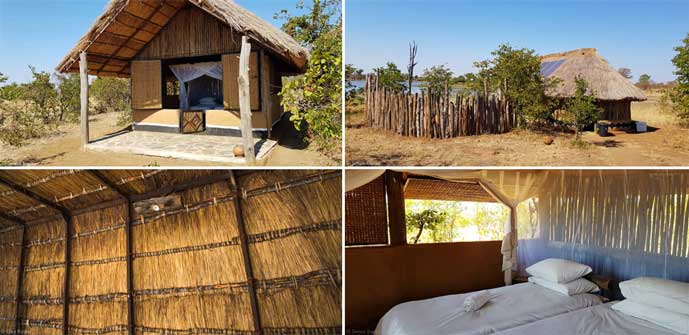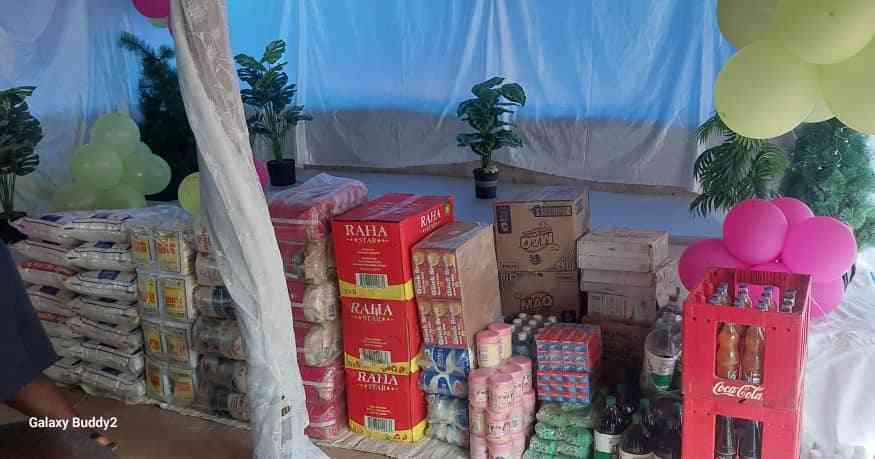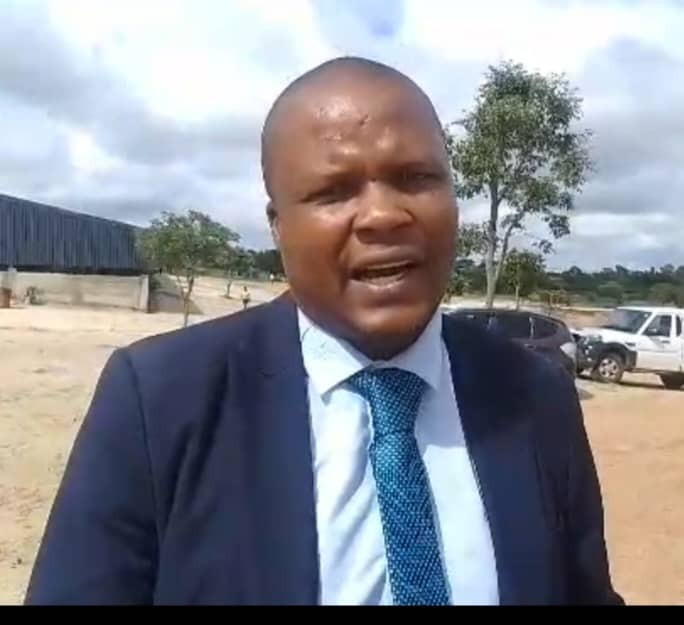
By Burzil Dube
LOWVELD region continues hogging the limelight as it strives to be a potential game changer in the country’s tourism industry as evidenced by the gradual increase of holiday making sites which are proving to be a hit among local and foreign visitors.
Tourism and hospitality players within this area have also diversified from the traditional game and sight seeing packages to other diverse packages such as eco-tourism and cultural tourism.
Talking of traditional and culture tourism, there is the majestic Mananga Camp whose maintainance is predominantly done by women artisans from nearby Shangaan communities, who give regular attention to the establishment in a rather unique cultural way.
The camp came into being in 2019 courtesy of Gonarezhou Conservation Trust. Its uniqueness is that most structures are entirely hand made in traditional fashion from recycled material to natural material and is always ‘rebuilt’ on an annual basis.
Every year after the rain season, structures at Mananga Camp are reconstructed by Shangaan women whose construction prowess is also a marvel to watch.
The women in turn provide all sorts of managing and tending to guests’ need.
The ladies also resurface and paint mud walls and smoothen the floors in a pure traditional way as part of efforts on rare art feeling and sustainable tourism.
- Chamisa under fire over US$120K donation
- Mavhunga puts DeMbare into Chibuku quarterfinals
- Pension funds bet on Cabora Bassa oilfields
- Councils defy govt fire tender directive
Keep Reading
These ladies named the place Mananga whose meaning in Shangaan language is a “place in wilderness”. The camps are designed to bring together three critical conservation elements which are community, sustainability and tourism.
Even though the camps are located a little distance from main tourist areas, it is situated in a wilderness area of the park where there is infusion of Shangaan culture with modern luxuries designed to be unique, comfortable as well as affordable.
The camps are namely Mananga Camps in the Park, Masasani near Masanya Dam north of Gonarezhou while Mathuli and Makonde in south along the Mwenezi River. All the three camps are designed in a traditional safari like camps, which makes them amenable to all walks of life.
Still on the Loweveld region, there is a place known as Kambako Cultural Village which is located outside Malilangwe game reserve where the local Shangaan community are considered to be direct descendants of King Shaka of the Zulu tribe.
After splitting from the Zulu tribe at the onset of 19th century, they later settled in this part of the country even though others proceeded to neighbouring Mozambique.
Kambako is a local Shangaan word meaning “old bull elephant” and it was chosen by Julius Matshuve for the Living Museum of Buśhcraft which he founded in 2011 as part preservation of Shangaan culture.
The museum is home to various indigenous yesteryear cultures such as water divining, bow and arrow making, fire making through wood friction,iron smelting and forging, special types of basketry among others.
All this is part of trying to promote domestic tourism among local visitors in efforts to preserve Shangani culture and their way of life against foreign cultural norms and beliefs.
However, promotion of domestic tourism continues to be an insurmountable task as charges are always beyond reach of most local guests and calls for conducive rates are getting more louder.
There is also an utmost need to vigorously look at ways of promoting cultural tourism which is gradually proving to be another game changer within the travelling and touring industry.
Together we can make it.
Till we meet again in the next column.
- Comments always welcome on: [email protected] or Twitter@DubeBurzil











